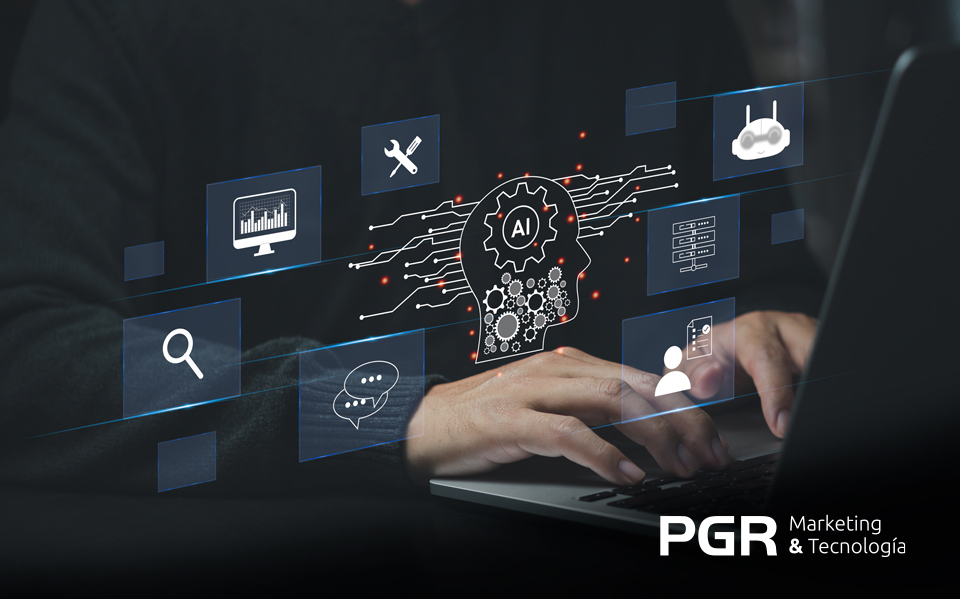Generative artificial intelligence (AI) has emerged as a transformative force in recent years, particularly in creative fields. Unlike traditional AI, which relies on existing data sets, generative AI systems have the ability to produce entirely new content through various media, such as images, text, music, and architectural designs. This innovation has expanded the boundaries of creativity by allowing the generation of novel ideas beyond conventional limitations.
In the realm of art, generative AI has had a profound impact, producing surreal paintings and innovative musical compositions that mimic artistic styles with remarkable precision. This raises quite a few questions about the nature of creativity, challenging conventional notions of originality and sparking debates about whether AI can truly possess creative capabilities.
Generative AI, imposed innovation
However, across the business landscape, there is widespread consensus that generative AI has become a catalyst for innovation, offering companies new perspectives and creative solutions to complex problems.
By quickly generating original ideas, these systems help companies stay competitive and streamline processes, as evidenced in product design, where companies use generative models to create virtual prototypes, leading to more efficient and innovative results.
According to research from Harvard Business Review , the use of generative AI has shown that this technology can help organizations increase the creativity of employees and customers and help them generate and identify novel ideas and improve the quality of ideas.
This institution ensures that generative AI can contribute to the creativity and innovation of companies in five different ways:
1.- Promote divergent thinking
Generative AI enables divergent thinking by associating distant concepts and generating novel ideas from them.
By connecting diverse ideas, AI opens new avenues for exploration and development.
2.- Eliminate biases based on experience
During the initial phases of new product development, generative AI can inspire designers to think innovatively beyond their usual conventions, challenging preconceptions about what is possible and desirable in terms of form and function.
This approach allows for solutions that traditional approaches might miss, overcoming biases such as the Einstellung effect , among others.
3.- Attend the evaluation of the idea
Generative AI tools are of great help at different stages of the initial innovation process, as they allow you to refine the precision of ideas, evaluate them and even combine them effectively.
Generative AI amplifies human efforts and offers comprehensive assessments that encompass dimensions of creativity such as novelty, feasibility and impact, thus unlocking unprecedented solutions.
4.- Support for idea refinement
Generative AI tools can address a major challenge in idea discussions: combining or merging large numbers of ideas to generate stronger, more creative proposals.
By using these tools, organizations can leverage the vast set of ideas presented and efficiently merge them to develop innovative and comprehensive solutions. This approach allows for a more thorough exploration of the possibilities available, taking advantage of the diversity of perspectives and approaches emerging from different participants in the debate.
5.- Facilitate collaboration between users
Generative AI serves as a powerful tool to foster collaboration between a company's designers, potential users, and even among the users themselves during the development of new ideas or product designs.
By allowing co-creation processes, this technology speeds up and reduces the cost of generating new offers. Despite potential resistance to change, the democratizing effect of generative AI on innovation processes outweighs concerns as it amplifies human creativity by facilitating the exploration of unprecedented solutions both individually and collectively.
Do you want to leverage generative AI to grow your business with innovation? At PGR Marketing & Technology we accompany you in the process.





